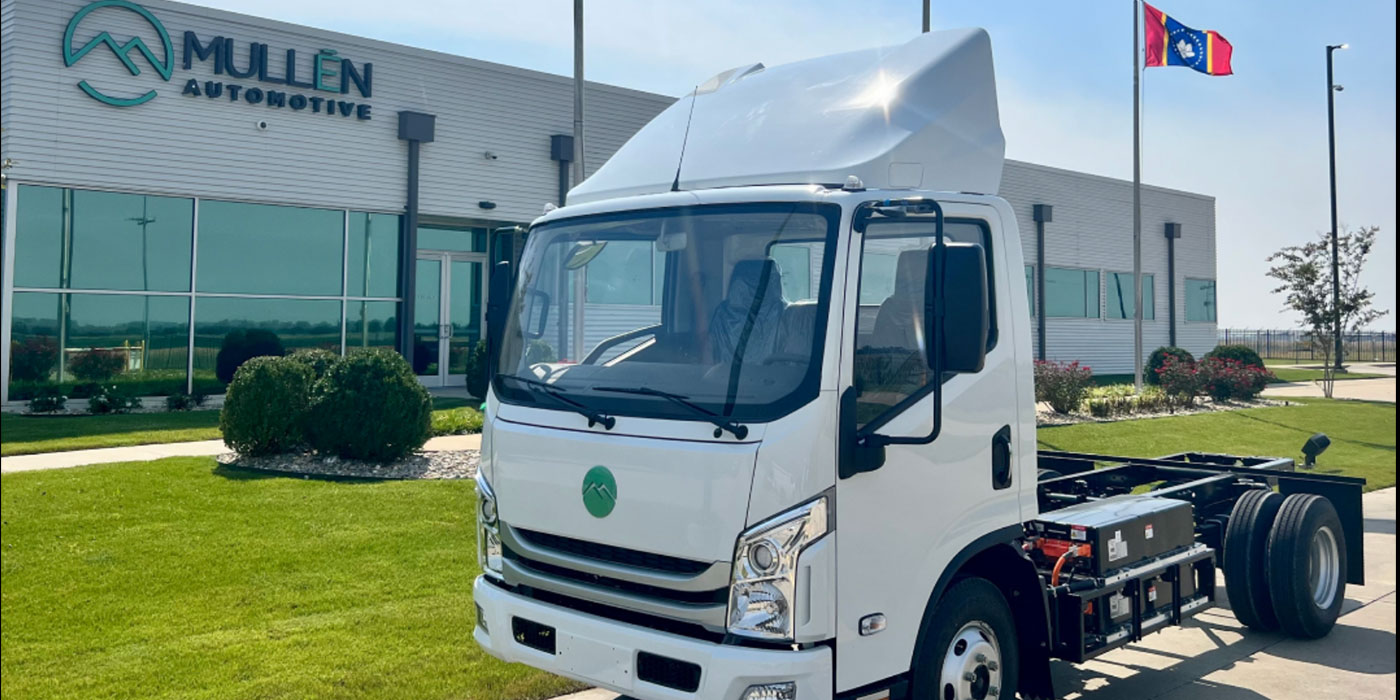Wiper blades have been around for more than a century, yet they’re still changing. So, how have EVs changed the wiper game? It’s all about noise and wind resistance.
For EVs, noisy wiper blades can be an annoyance because, as you know, there is no internal combustion engine to help cancel out that noise.
Noise in a wiper blade is a sign that the rubber has degraded or the frame is no longer able to hold the blade to the glass. A quick visual inspection can help you spot any tears or cracks in the rubber that signal it is time for a replacement set.
The other consideration is wind resistance. Most EVs try to cheat the wind and the windshield wipers actually play a direct role here. If you look, believe it or not, you might have trouble at first actually finding the wipers. Many EVs have wipers that have a park position that puts the wipers behind the cowl or hood. When the wipers are activated, that’s when they go to a ready position. If you are servicing wipers on an EV, it might require a scan tool to put the wipers in the ready position.
Another consideration is the wiper blade design. Many EVs and hybrids use a frameless design that replaces the conventional frame-style wipers. These wiper blades are aerodynamically designed to have the least possible frontal area. The blades also harness the wind to force the blade onto the glass.
No special tools are required to inspect wiper blades – all that is needed is your trusty rain simulator… that’s what I call a spray bottle. When you’re ready, spray the windshield down and activate the wipers. Look for streaks and water that remain on the windscreen. Honestly, EV or otherwise, this should be part of every vehicle inspection.
Keep in mind that many EVs have advanced ADAS systems. Like the driver, the camera needs a clean windshield to see the road ahead. If the wipers are not clearing the glass in front of the camera due to damaged blades or a lack of spring tension, the camera may not allow the driver to use some of the advanced features like lane departure or automatic cruise control. Something tells me the driver is… not going to like that.
This video is sponsored by Auto Value and Bumper to Bumper.












